by Nat R. Louis
During the Battle of Williamsburg, Virginia, in May 1862, General Joseph Hooker’s Union forces were in pursuit of the withdrawing Confederates. Although slowed by rain and mud, Hooker’s troops attacked Fort Magruder, the strongest section of the Rebel lines. Lending support on the Confederate right was a mountain artillery unit that had been drilling for only three weeks.
The young leader of the battery was complimented on his coolness under fire. He was a planter’s son from Alabama, John Pelham. Before the end of 1862, the artillery officer would be called “The Gallant Pelham,” and would redefine the concept of the flying battery for the Confederate artillery.
[text_ad]
Pelham was born in Benton City, Alabama, in 1838, the son of an Alabama planter and descendant of American painter Peter Pelham. His early years were spent like many other young Southern boys growing up in that part of the country—school, and exploring the outdoors. He enrolled in an experimental five-year curriculum at West Point in 1856. While there, he was considered the best athlete and was noted for his fencing and boxing. But what was especially remembered was his skills as a horseman; he drew praise from none other than the Prince of Wales when he visited West Point in 1860.
On April 22, 1861, within weeks of graduation, he resigned from West Point and entered Confederate service as a lieutenant and ordinance officer posted to Lynchburg, Virginia. It is said, that he was able to get through the Union lines into Kentucky with the help of a fair Indiana female whose affections he won.
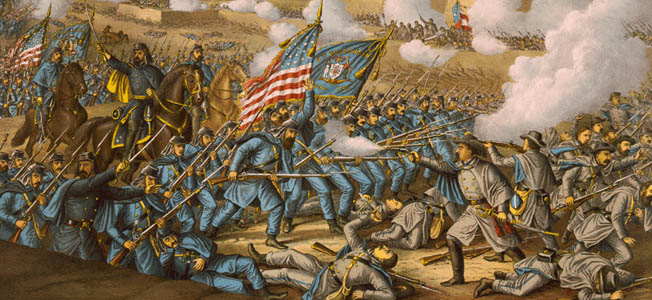

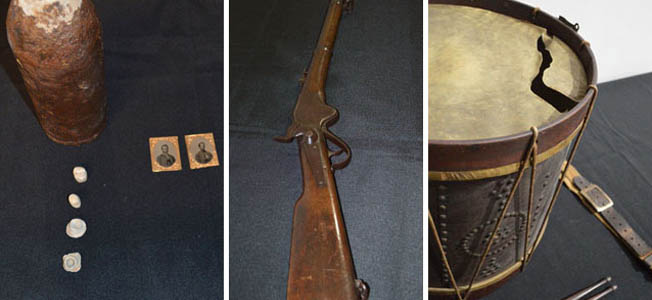
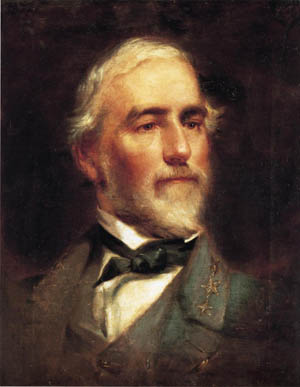
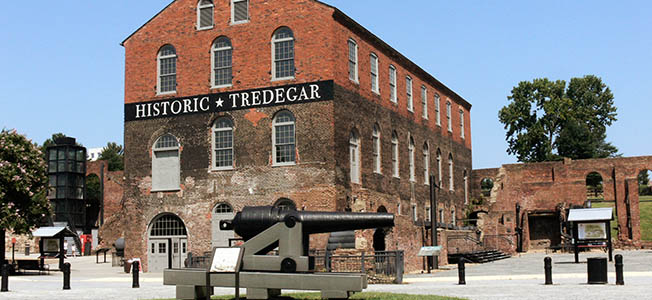
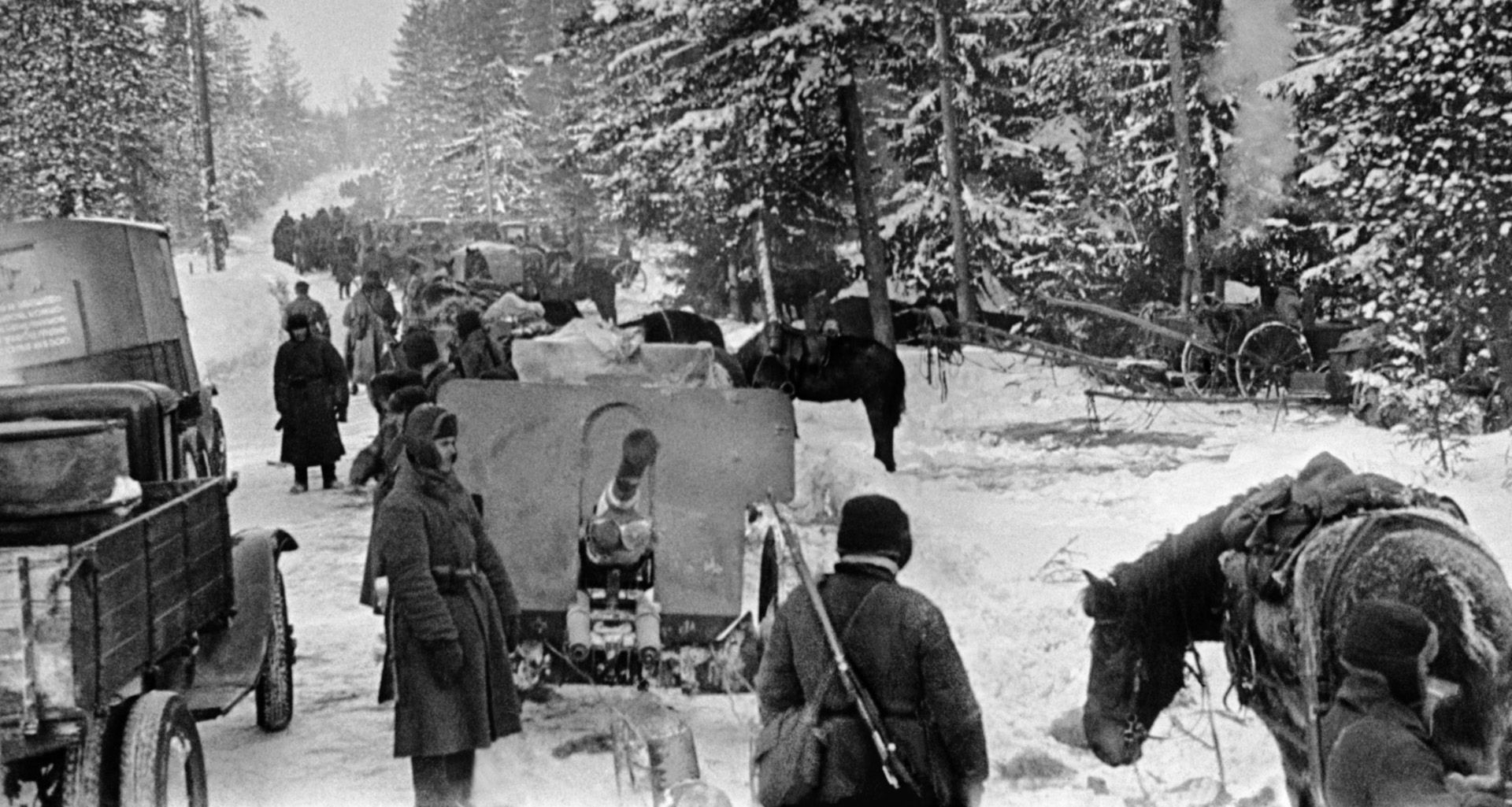
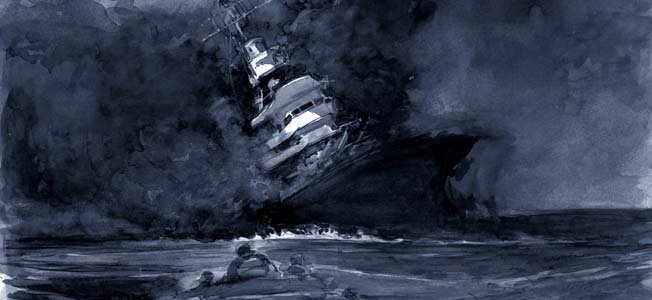

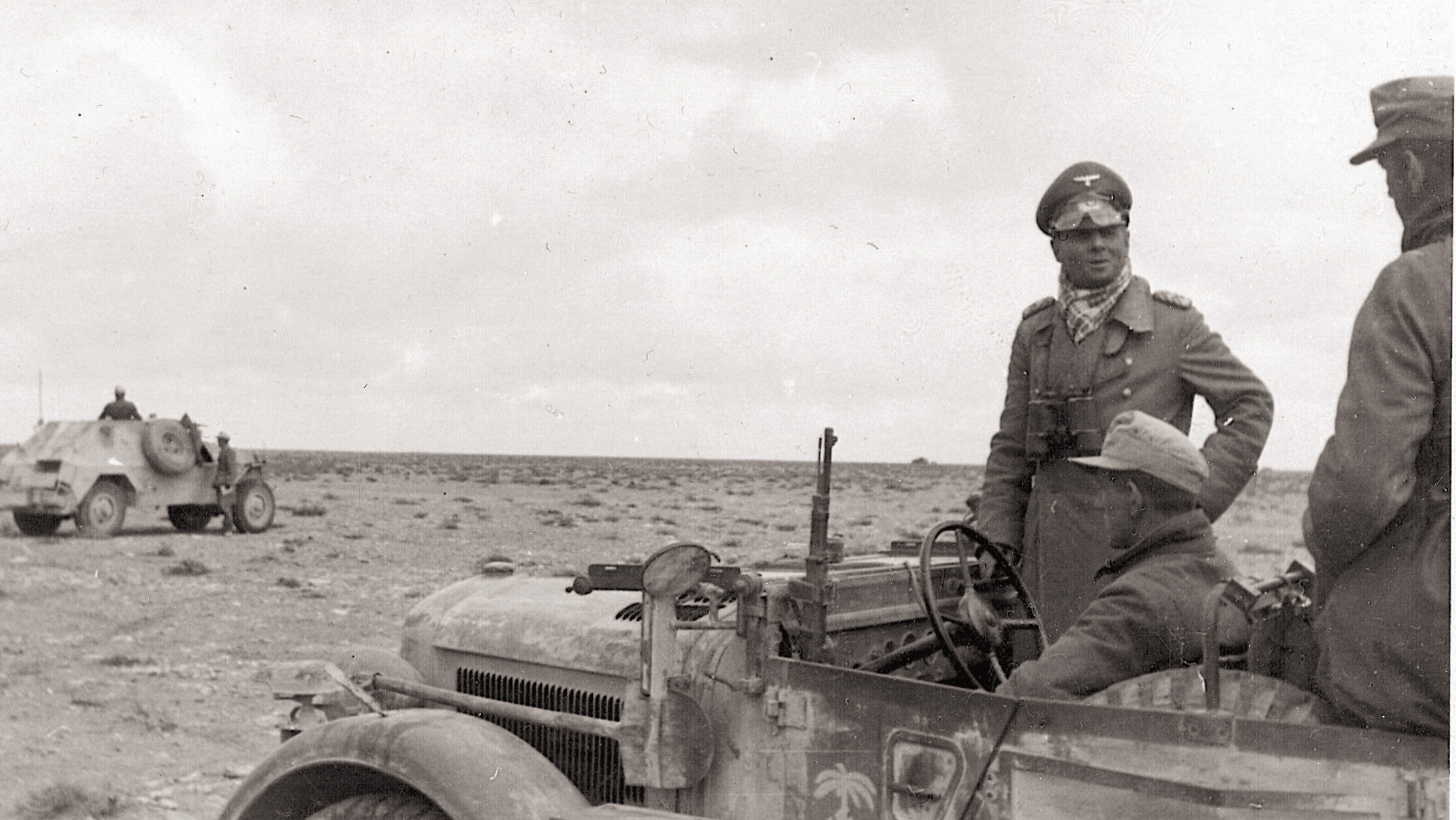
Join The Conversation
Comments
View All Comments